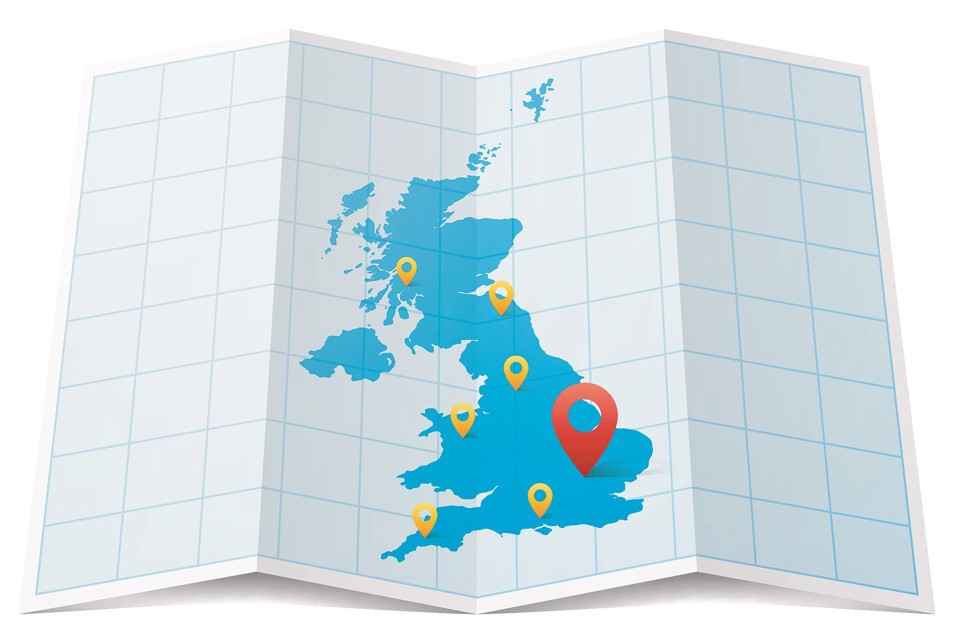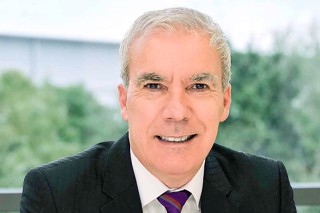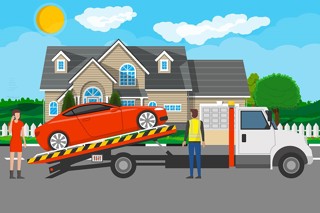'Going the extra mile’ is considered a pre-requisite for success in many fields, but in the online age of motor retail, even an extra mile may no longer be enough. Some dealers want to break the bounds of their traditional catchment areas and sell cars to a wider audience – with some even going so far as to sell nationally.
Research undertaken by Motors.co.uk last year found 76% of buyers still want to speak to a dealer face to face, but 30% would currently consider buying online. Looking forward five years, however, 40% of buyers expect to do a car deal on the internet. Clearly, there is a lot of potential for automotive retailers to tap into – especially among younger buyers, who have grown up with online shopping. The Motors survey found 41% of 25- to 34-year-old buyers would currently be open to buying their next car online.
There are also regional differences, with 49% of Scottish buyers saying they would seriously consider buying their next car online, followed by 42% of Londoners.
The big question is, can motor retailers make the necessary changes to make a success of distance selling?
Tony Patterson, director of automotive at e-commerce expert Summit, outlined the challenges involved.
“The industry is still essentially a local-based industry, where you have your very expensive buildings and the whole of the business is oriented around that. It’s likely to include test drives, the handover experience and everything else.
“Against that background, you have the customer, who expects the ultimate choice.
“They don’t really care where the vehicle is and they expect more choice and more democracy in how they choose.”
How to find customers
Once dealers embrace the fact that the retail climate is shifting and that online channels are part of the solution to widening their reach, the next big question is how to find those customers.
Patterson said online channels are a very effective way to “take a local proposition and amplify it nationally”. “From a marketing point of view, it’s absolutely no problem. There are lots of devices – for example, Google has been focusing on improving the local experience for years now – so all the tools are there.
“I can target people of a certain profile, but also include a specific location as well.
“If I’ve got a dealership in London, I can profile my customer. I can show Facebook ads to people with the same profile, but target Scotland as the region.
“There are two ways to do it – targeting people who are actively searching, for example using Google pay-per-click (PPC) AdWords, but also profiling people in a quite granular way, for example, through Facebook ads and pages.”
Neil Smith, the operations director at Imperial Car Supermarkets, said for the majority of the time it uses the likes of Auto Trader and Motors, and other classified platforms, such as CarGurus.
“Although they are localised in terms of the individual consumers visiting those sites, being able to select their distance to search, those individuals who are looking for that slightly more premium and unique vehicle will always open up that mileage search, because they know there’s only going to be a few of those in the country. That allows us to get to those customers.”
For Imperial, that notion of rarity and desirability is important. Smith said: “What we look for is two- or three-year-old ex-lease cars that have most of the time got additional factory-fit spec.
“That makes them quite rare in the marketplace and quite attractive, so we then look to attract buyers not just from the local areas around our sites, but anybody searching for one of only seven or eight cars in the UK – and are prepared to travel 100, 150, 200 miles, if it’s the right car.”
Getting the price right In the competitive environment of the internet, pricing is hugely important, too.
“We competitively price every car on a daily basis,” said Smith. “We’ve got a team of six who just work through that daily looking at where it sits on Auto Trader. We pull in i-Control data, Vehicle Inside data or Cox Automotive pricing data. We pull in CAP auction data for retail pricing as well.
“We use all of those data sources as a sanity check, but our guys will then still go online and visually eyeball those cars on Auto Trader, and make sure they’re sitting right and probably in the top five of that search criteria.”
Dermot Kelleher, marketing and business intelligence director for Motors.co.uk, said the internet now gives everyone access to the same information on price, to help them know whether they are paying over the odds or not.
“The days of it being cheaper to buy a car in North Wales, for example, than in North London, are gone. The transparency that brands like Motors and Auto Trader have brought to the market means that consumers can very quickly check if they’re paying the right price for something,” he said.
Offering convenience to distance customers
Successfully marketing cars to online buyers is about more than just offering the right product at the right price in any place. Dealers also have to offer convenience to customers.
Smith explained how Imperial facilitates distance buyers, who he said now comprise about 10% of all sales: “We offer a service specifically for the distance customers, where we will do everything with the customer over the phone and via the web, including getting them approved on finance if they’re a finance customer and giving them a guaranteed valuation on their part-exchange, based on their description.
“When they arrive onsite, we’ve agreed a value for their car, agreed the finance and raised an order form for them to put a deposit against the vehicle. They then bypass the whole of the sales process, go straight to the vehicle delivery, test drive the car, and drive away there and then.”
Making the long-distance relationship work
Patterson is very clear about some of the challenges dealers have to embrace – not least of which is the need to build relationships with customers.
“One challenge that we’ve seen is that if dealers view the first sale with a customer as the only sale, it can be quite expensive. If you add the distance element into that, it obviously becomes more expensive, because not only is there the high acquisition cost, but also the high servicing cost of getting the vehicle to the customer,” he said.
“It only works, therefore, if you’ve got a long-term relationship with a customer and you can basically sell them a second car and then a third car and a fourth car.”
Patterson believes dealers need to be proactive about building those relationships and must take the nature of the customer into account when determining how to facilitate them.
“If a buyer walks into a dealership on a Sunday morning, then it’s not unreasonable to suggest that you can build a local relationship with them. If you use Google or Facebook ads to sell to them in Scotland, it’s not unreasonable that you
probably should use online channels to facilitate that relationship as well,” he said.
“Dealers just need to recognise that the customer, and selling to a customer, is what they need to orientate themselves around. At the moment, they’re very product-focused – they concentrate on getting product in a place and then people come and find them, because they’re a local dealer. That’s not going to cut it anymore.”
There’s little doubt that some consumers will become increasingly comfortable with buying a new car online, with any physical sampling of the product possible at any dealer before actually purchasing from one that offers the best service. For used cars, a dealer that can offer as hassle-free an experience as possible, with just a final test drive to conduct before the customer drives away, will likely find that buyers are prepared to make the necessary journey.
Volvo’s announcement that potential buyers can now test drive a car via online retailer Amazon only cements the view that the disruption of the traditional dealership model is well and truly under way.
If dealers want to harness the power of the internet, they need to start thinking about where their customers may be and put in place processes that will help them go an extra 100 miles – or more.
Research by Carwow in 2016 found the distance over which buyers would consider purchasing was low for common smaller cars, such as the Ford Fiesta and VW Golf – less than 30 miles. However, for premium cars and SUVs, this distance doubled or trebled. Alex Rose, Carwow’s director of trading, advised dealers: “Don’t rely on visibility within your town or county. Make sure you communicate a clear, compelling message online and that your website is easily discoverable. The majority of dealers on Carwow will offer a new car delivery service… Can you offer the same and is it clearly communicated?” CRAIG THOMAS



















Login to comment
Comments
No comments have been made yet.